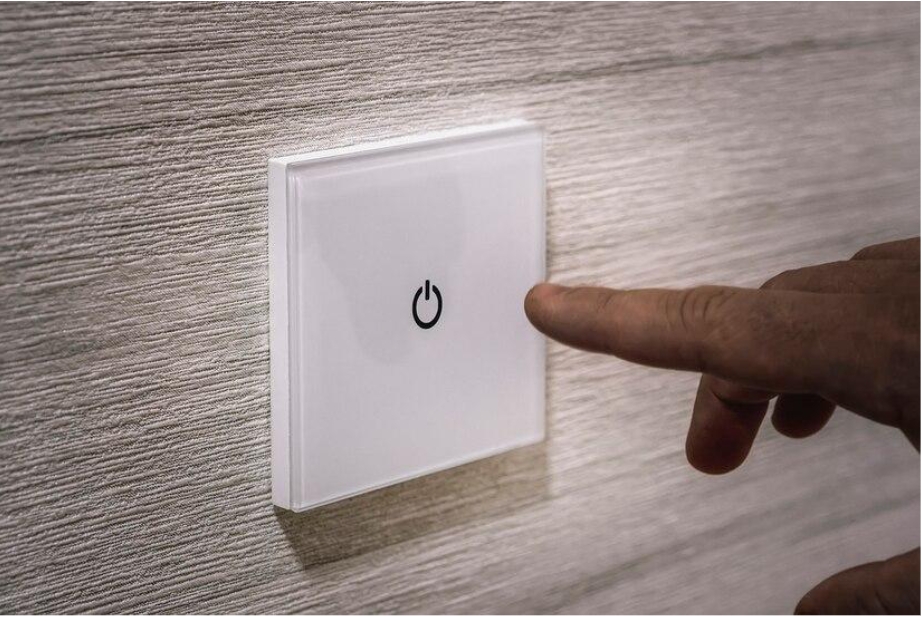As technology evolves, smart home devices are becoming increasingly sophisticated. Among these innovations, smart switches have gained popularity for their ability to control lights and appliances with ease. However, their potential extends beyond mere convenience. One of the emerging uses of smart Home switches is their role in enhancing indoor air quality. This blog explores how smart switches can contribute to a healthier living environment by integrating them with air quality management systems.
What Are Smart Switches?
Smart switches are advanced devices that replace traditional light switches and offer a range of benefits. Unlike conventional switches, smart switches connect to your home’s Wi-Fi network, enabling remote control via smartphones, tablets, or voice assistants. This technology allows users to manage their lighting, appliances, and other electrical systems from anywhere. Beyond simple on/off control, smart switches offer features like scheduling, automation, and energy monitoring, making them a valuable addition to any smart home.
The Connection Between Smart Switches and Air Quality
Indoor air quality is a critical aspect of a healthy home environment. Poor air quality can lead to a range of health issues, including respiratory problems and allergies. Smart switches can be integrated with air quality management systems to help monitor and improve the air you breathe. Here’s how they work:
- Integration with Air Quality Monitors: Smart switches can be connected to air quality monitors that track pollutants, allergens, and other harmful particles in the air. When the monitor detects a decline in air quality, the smart switch can automatically activate air purifiers or ventilation systems to address the issue.
- Automation for Improved Air Quality: With smart switches, you can set up automated routines that respond to real-time air quality data. For example, you can program your smart switch to turn on an air purifier when the air quality drops below a certain threshold, ensuring that your home remains fresh and healthy.
- Enhanced Control and Convenience: Smart switches allow you to control air quality devices remotely. Whether you’re at home or away, you can adjust settings, turn devices on or off, and monitor air quality through a smartphone app. This level of control ensures that your home environment is always optimised for health.
Smart Home Air Purifiers
Air purifiers are essential for maintaining good indoor air quality. They work by filtering out pollutants and allergens, making the air cleaner and safer to breathe. Integrating air purifiers with smart switches enhances their functionality and convenience. Here are some benefits:
- Remote Operation: With smart switches, you can operate your air purifier remotely, eliminating the need to manually switch it on or off. This feature is particularly useful for busy individuals or those with mobility issues.
- Scheduled Cleaning: Smart switches enable you to schedule your air purifier to run at specific times. For instance, you can set it to operate during peak pollution times or while you’re away from home. This ensures that your home remains clean and fresh without requiring constant attention.
- Integration with Other Devices: Smart switches can be used in conjunction with other smart home devices, such as thermostats and humidity sensors. By integrating these devices, you can create a comprehensive system that manages both air quality and climate, further enhancing your home’s environment.
Enhancing Home Automation for Health
The integration of smart switches with other health-related home automation devices can significantly improve indoor air quality. Here’s how a well-rounded smart home system can contribute to better health:
- Smart Thermostats: Smart thermostats regulate temperature and humidity levels, both of which impact air quality. By combining a smart thermostat with smart switches, you can create an environment that supports optimal air quality. For example, maintaining a balanced humidity level can prevent the growth of mould and dust mites, which can negatively affect air quality.
- Air Quality Sensors: Installing smart air quality sensors allows you to continuously monitor your home’s air quality. These sensors provide real-time data on pollutants and allergens, helping you make informed decisions about when to activate air purifiers or ventilation systems.
- Automated Ventilation: Smart switches can control ventilation systems that exchange indoor air with fresh outdoor air. Proper ventilation is crucial for maintaining good air quality, especially in well-sealed homes. By automating ventilation with smart switches, you can ensure a consistent supply of fresh air.
Practical Tips for Using Smart Switches to Improve Air Quality
- Choose Compatible Devices: Ensure that your air purifiers and other air quality management devices are compatible with smart switches. Look for products that offer seamless integration with smart home systems.
- Set Up Automation: Utilise automation features to create routines that respond to changes in air quality. For example, you can set your smart switch to turn on the air purifier when the air quality sensor detects elevated levels of pollutants.
- Monitor Air Quality: Regularly check the data from your air quality sensors to stay informed about the state of your indoor air. Adjust your smart switch settings as needed to maintain optimal air quality.
- Maintain Your Devices: Ensure that your air purifiers and other air quality devices are well-maintained. Replace filters and clean the equipment regularly to ensure optimal performance.
Conclusion
Smart switches offer more than just convenience; they can play a vital role in improving indoor air quality. By integrating smart switches with air quality management systems, you can create a healthier living environment and enjoy the benefits of advanced home automation. Embrace the potential of smart switches to enhance your home’s air quality and make your living space a sanctuary of clean, fresh air.






